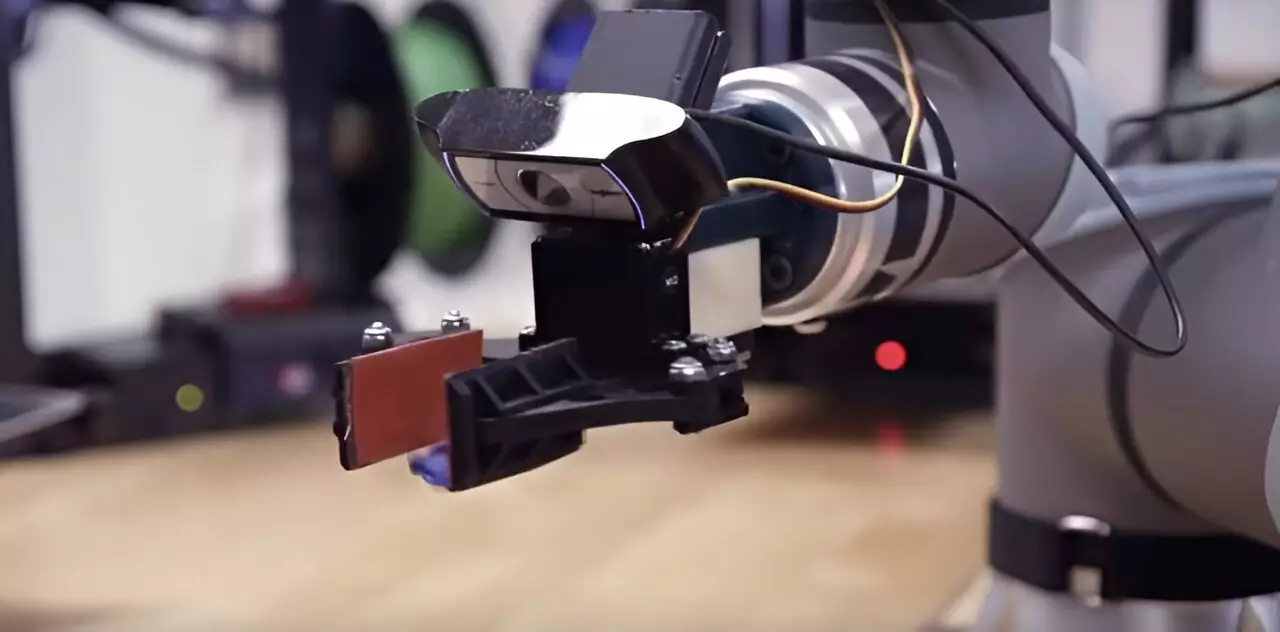A robot arm drops small, plastic objects into a box to test the most efficient energy-absorbing shape. This experiment in robot autonomy involves learning, creating, and crushing 3D-printed structures to measure their energy absorption. MAMA BEAR, the robot behind these experiments, is the brainchild of Keith Brown and his team at the KABlab in Boston University’s College of Engineering. Over the years, MAMA BEAR has evolved in its quest to create the most energy-efficient shape, filling boxes with thousands of structures.
After years of experiments, MAMA BEAR achieved a breakthrough in mechanical energy absorption efficiency. The robot surpassed the previous record of 71% efficiency and reached an impressive 75% efficiency. This milestone was unexpected but demonstrates the power of continuous learning and optimization. The results of these experiments have been published in Nature Communications, showcasing the impact of MAMA BEAR’s innovation.
The record-breaking structure designed by MAMA BEAR was not what the researchers had expected. It features four points, shaped like thin flower petals, and exhibits a taller and narrower design than previous structures. This unexpected design highlights the value of data-driven optimization and the potential for learning valuable design lessons. The extensive data collected by MAMA BEAR is already being applied in real-life scenarios, such as informing the design of new helmet padding for US Army soldiers.
Beyond helmet padding, the applications of MAMA BEAR’s research extend to different fields. Brown’s lab has developed other autonomous research robots, each dedicated to specific tasks. For example, the nano BEAR studies material behavior at the molecular scale, while the PANDA BEAR tests polymer materials for battery application. These robots leverage machine learning and automation to accelerate research and achieve goals that would have been too costly and time-consuming otherwise.
Despite breaking a record in energy absorption efficiency, Brown and his team are committed to pushing boundaries further. They continue to collaborate with scientists in different fields to explore the database’s potential applications. The more than 25,000 crushed pieces created by MAMA BEAR could be recycled and reloaded into 3D printers for further experiments. This continuous pursuit of innovation and exploration underscores the importance of autonomous research in driving scientific advancements.



Leave a Reply